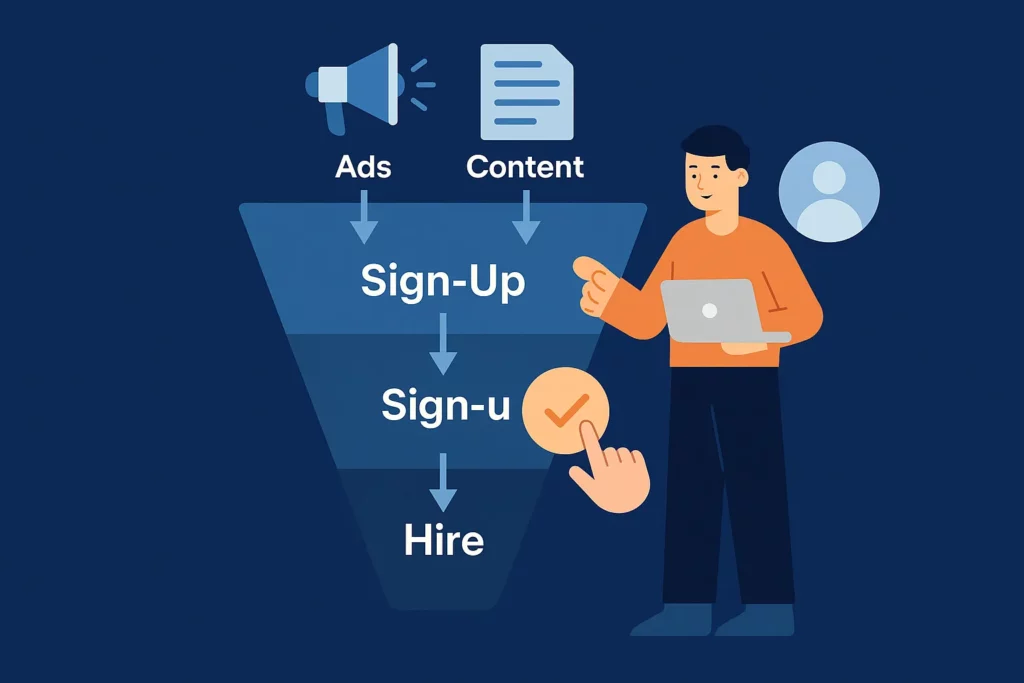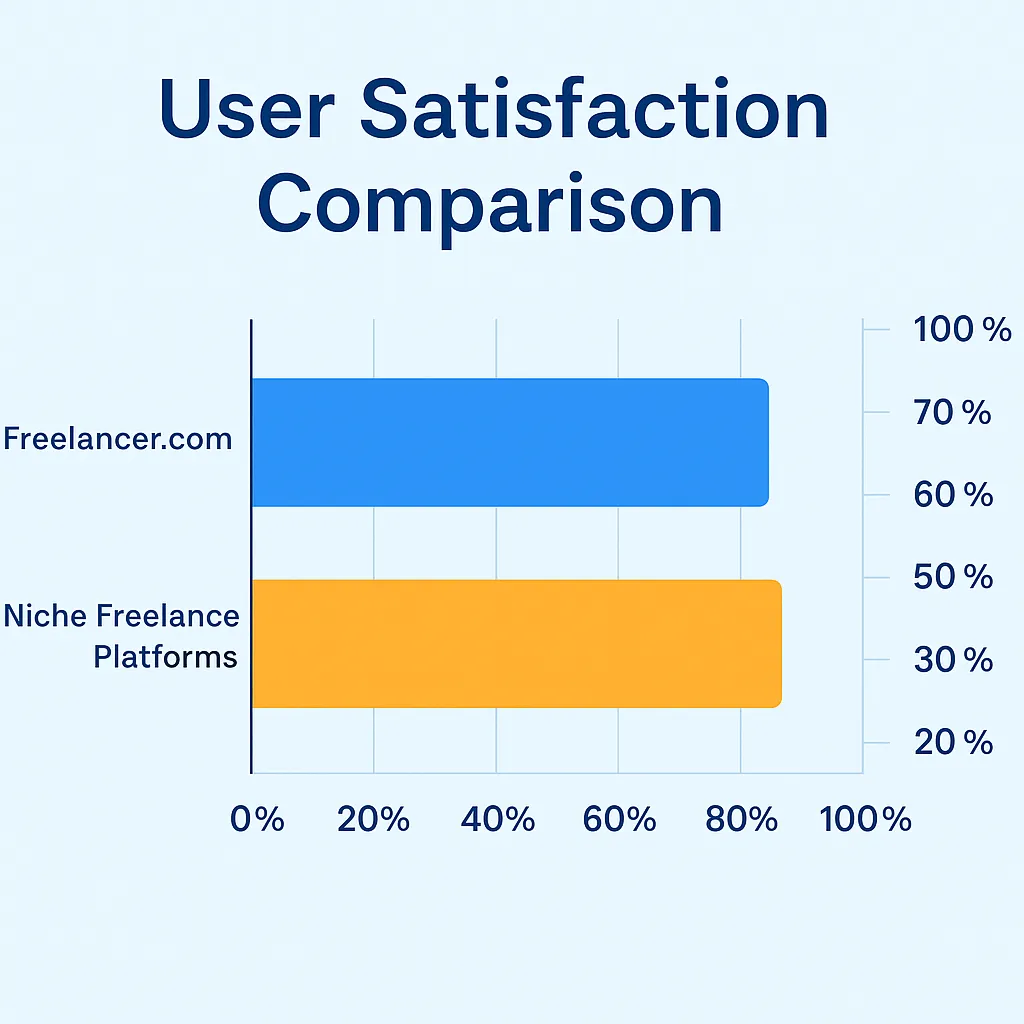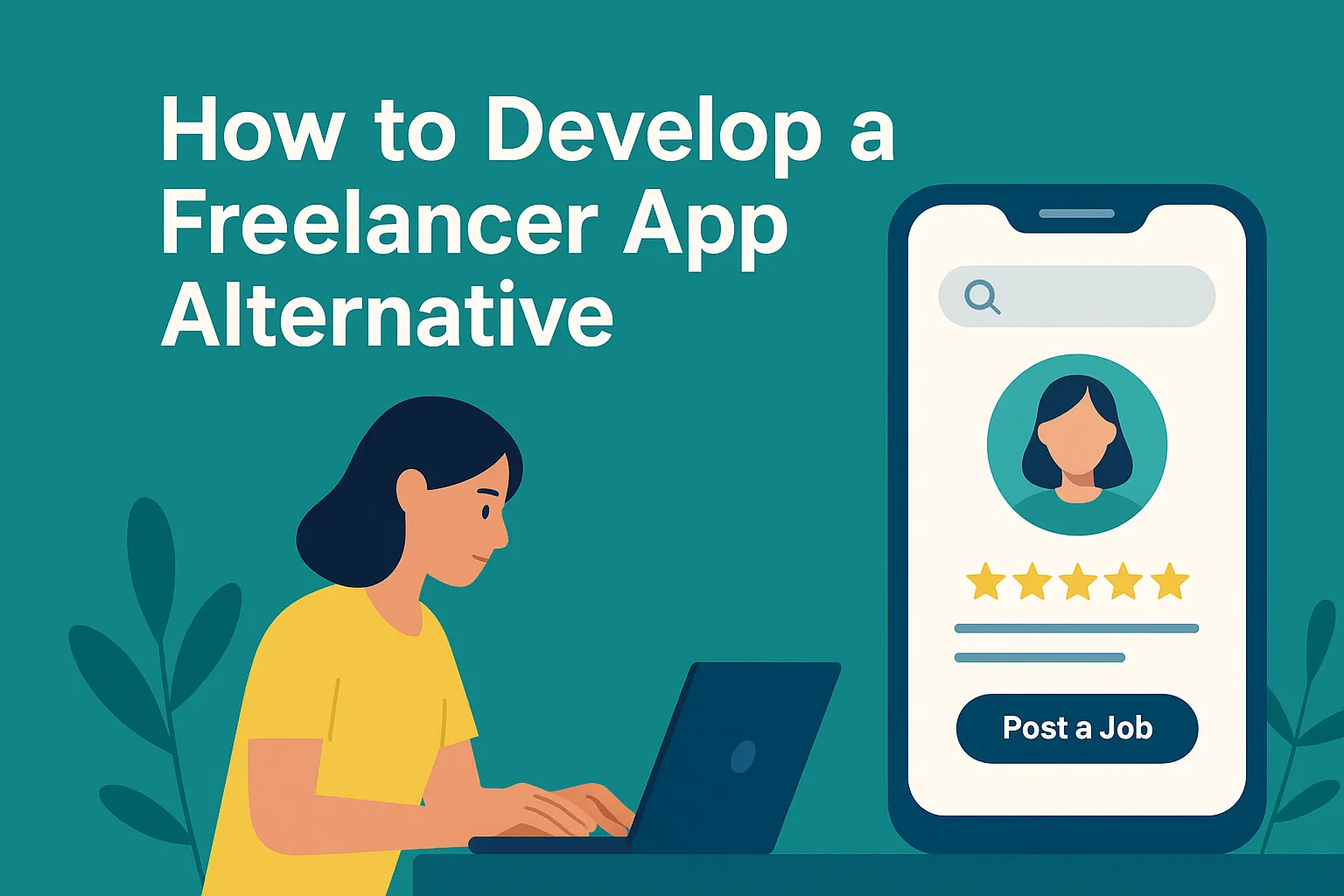Raise your hand if you’ve ever had a brilliant idea at 2AM and thought, “I just need a dev to build this, like… tomorrow.” That’s the energy that fuels platforms like Freelancer. They’ve made it easy to connect with talent across time zones, skillsets, and price ranges. But here’s the twist: as Freelancer.com gets bigger, the demand for focused, flexible alternatives grows.
Maybe you’re a startup looking to create a talent marketplace for your industry. Or you’re tired of generic platforms where the right people get buried in search results. Whatever your vision, there’s room for something better—faster, more curated, and way less bloated.
If you want to build your Own freelancer platform that actually works for your users (and your wallet), Miracuves is the partner that gets it. Here’s how you go from idea to launch.

Why Launch a Freelancer App Alternative in 2025 and How to Start?
1. Freelance Demand Is Skyrocketing
Freelancers are expected to make up the majority of the global workforce by 2030. Sectors like Statista, tech, content, and design are already operating on a project-based model.
2. Users Want Niche Platforms
The one-size-fits-all approach doesn’t cut it anymore. Think: Freelancer for blockchain developers, or a creative-only version with portfolio-first profiles.
3. Lower Fees & Better UX Win Hearts
People are tired of 15-20% cuts and clunky interfaces. A streamlined, community-focused platform is your competitive edge.
Read more : What is Cameo App and How Does It Work?
Key Features You Must Include
1. Two-Sided Registration Flow
Separate onboarding for clients and freelancers. Tailored dashboards, messaging, and KPIs.
2. Skill-Based Profile Creation
Enable detailed profiles with certifications, portfolios, skill tags, hourly rates, and video intros.
3. Smart Job Matching Engine
Use AI to suggest gigs to freelancers based on skills, history, and reviews—not just keyword matching.
4. Proposal System with Budget Control
Let freelancers quote flexibly while clients set budget limits, hourly caps, or milestones.
5. Escrow Wallet System
Hold funds securely until both parties approve deliverables. Builds trust.
6. Review, Rating, and Reporting System
5-star reviews, endorsements, public feedback, and quick-flag options for spam or fraud.
7. Dispute Resolution & Admin Intervention Panel
Protect your users with fair, accessible resolution workflows.
Read More: How to Start a Freelance Marketplace Platform Business
Recommended Tech Stack to Build It Right
Frontend
- React / Vue.js
- Tailwind CSS or Bootstrap
Backend
- Laravel / Node.js
- PostgreSQL or MongoDB
Integrations
- Stripe or Razorpay (payments)
- Twilio (notifications)
- Google OAuth / LinkedIn Login (auth)
Security
- End-to-end encryption
- SSL, 2FA, GDPR-ready
How to Monetize Your Freelancer Clone
1. Job Post Fees
Charge clients a flat rate or tiered fee to post jobs or run contests.
2. Commission per Transaction
Standard model: take a % from completed payments (fair and clear).
3. Membership Plans
Offer premium tiers with added benefits: more proposals, analytics, profile boosts.
4. Ad Placements
Allow third-party tools, SaaS products, or freelancers to run contextual ads.
Go-to-Market Strategy for Maximum Traction
1. Niche Positioning
Be the go-to platform for one vertical first: say, legal freelancers or indie game creators. Own your tribe.
2. Referral Programs
Give users a reason to bring their network in—bonus bids, discounts, or credits.
3. Creator Partnerships
Collaborate with YouTubers, LinkedIn influencers, and TikTok creators in your niche.
4. SEO and Content Play
Target pain-point keywords like “best alternatives to Freelancer.com” or “how to hire a web3 dev”.
Read More: Freelancer App Marketing Strategy: Promote, Grow & Engage Effectively
Why Build With Miracuves?
Miracuves has a track record of building clone platforms that don’t just copy—they compete. With ready-to-launch modules, scalable architecture, and a team that understands the freelance landscape, we help you hit the ground running.
No fluff, just function. No dragging timelines, just delivered MVPs.

Conclusion
Freelancing isn’t a trend. It’s the future of work. And the future doesn’t belong to legacy platforms—it belongs to innovators.
If you’ve got a vision for a better way to connect clients and freelancers, the time to build it is now.
At Miracuves, we help innovators launch high-performance app clones that are fast, scalable, and monetization-ready. Ready to turn your idea into reality? Let’s build together.
FAQs
1) How long does it take to build a Freelancer clone?
With Miracuves, you can build and launch a fully functional Freelancer clone in just 3–6 days with guaranteed delivery, including all key features and integrations.
2) Can I make it industry-specific?
Yes! Focusing on a single industry helps with branding, SEO, and user satisfaction.
3) Is the Freelancer model profitable?
Definitely—especially when you monetize via commissions, memberships, and featured listings.
4) Will freelancers and clients switch from established platforms?
They already are. Lower fees, better UX, and niche communities are major motivators.
5) Can I launch with just an MVP?
Absolutely. Build lean, test fast, and iterate with user feedback.
6) Why choose Miracuves over generic dev teams?
We specialize in clone apps with proven architecture and deep market insight.








